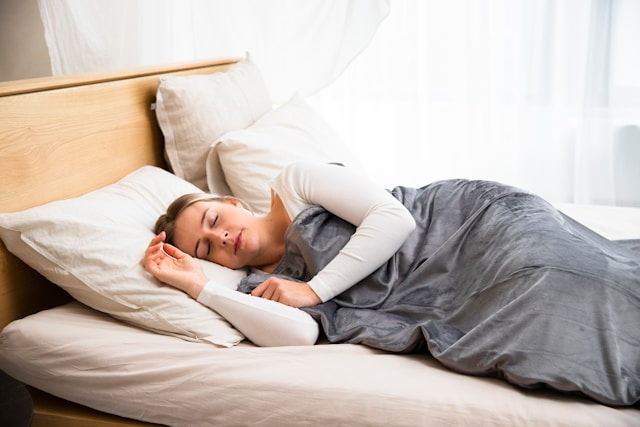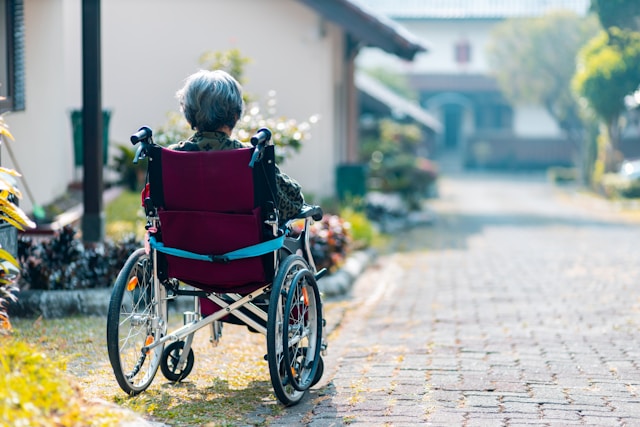The Science Behind the Best Temperature for Sleep

Getting a good night’s sleep isn’t just about shutting off your devices or reducing noise; temperature plays a crucial, yet often overlooked, role in sleep quality. Scientific research consistently shows that the right bedroom temperature can significantly impact how quickly you fall asleep, how well you stay asleep, and how rested you feel the next day. In this article, we explore the physiological and psychological reasons behind why temperature matters and what the ideal sleeping temperature looks like based on current scientific insights.
Why Temperature Matters for Sleep
Our bodies are biologically wired to follow a 24-hour cycle called the circadian rhythm, which regulates sleep and wake cycles, hormone production, body temperature, and other vital functions. As night falls, the brain’s pineal gland increases the production of melatonin, a hormone that signals the body to prepare for sleep. Simultaneously, your core body temperature starts to drop, reaching its lowest point in the early morning hours.
This natural decline in temperature is essential for triggering sleepiness and maintaining deep sleep. If your environment is too warm or too cold, it can interfere with this process, disrupting sleep onset and leading to frequent awakenings throughout the night.
The Ideal Sleep Temperature: What Does Science Say?
Most sleep experts and researchers agree that the optimal bedroom temperature for sleep is somewhere between 60°F and 67°F (15.5°C to 19.4°C). This range supports the body’s natural temperature drop, helping you fall asleep faster and stay asleep longer.
Let’s break this down:
- Below 60°F (15.5°C): The body may start to constrict blood vessels to preserve heat, which can cause discomfort, shivering, and frequent awakenings.
- Above 70°F (21°C): The body may struggle to cool itself effectively, leading to sweating, restlessness, and decreased time spent in restorative slow-wave and REM sleep.
However, it’s important to note that individual preferences and factors like age, gender, bedding materials, and health conditions can influence what feels comfortable.
Body Temperature and Sleep Stages
Sleep is not a uniform state but occurs in stages: light sleep, deep sleep (slow-wave), and rapid eye movement (REM) sleep. Each of these stages can be influenced by environmental temperature:
- Light Sleep: Temperature disruptions may cause you to transition back to light sleep from deeper stages.
- Deep Sleep (Slow-Wave): This is when the body does most of its repair and recovery. A cooler environment helps maintain this critical stage.
- REM Sleep: The body’s ability to regulate temperature is significantly reduced during REM sleep. Therefore, an environment that’s too warm or cold can cause micro-arousals and interrupt REM, affecting memory and emotional processing.
How Temperature Affects Sleep Quality
Numerous studies have confirmed the relationship between temperature and sleep quality. In one study published in The Journal of Physiological Anthropology, researchers found that a lower ambient temperature improved subjective sleep quality and reduced wakefulness after sleep onset. Similarly, a study by the National Institutes of Health (NIH) revealed that a cool sleeping environment could help people fall asleep more quickly and stay asleep longer.
In warm environments, the body struggles to dissipate heat, which can result in:
- Increased sleep latency (the time it takes to fall asleep)
- Reduced slow-wave sleep
- Frequent awakenings
- Lower overall sleep efficiency
The Role of Thermoregulation
Thermoregulation—the body’s ability to maintain its internal temperature—is vital to sleep. During the day, your body maintains a higher temperature, but as night approaches, it starts to cool down to signal readiness for sleep. This is often aided by heat loss through the skin, particularly from the hands, feet, and face.
If your environment does not support this natural heat dissipation, it can lead to poor sleep. Conversely, promoting this process by lowering the room temperature or using breathable bedding can enhance sleep quality.
Special Considerations
Children and Infants
Infants and young children have a harder time regulating their body temperature, so maintaining a slightly warmer environment—around 65°F to 70°F (18°C to 21°C)—may be more appropriate. Overheating, however, is a known risk factor for Sudden Infant Death Syndrome (SIDS), so caution is essential.
Older Adults
As people age, their bodies may become less efficient at thermoregulation. Older adults might benefit from a slightly warmer sleep environment, but still within the optimal range. They may also need to layer bedding that can easily be adjusted during the night.
Women
Hormonal fluctuations, especially during menstruation, pregnancy, or menopause, can affect thermal comfort. Hot flashes or night sweats may necessitate even cooler bedroom temperatures or cooling technologies like breathable mattresses and moisture-wicking sheets.
Tips for Maintaining the Ideal Sleep Temperature
- Adjust the Thermostat: Set your thermostat to somewhere between 60°F and 67°F before bed.
- Use Breathable Bedding: Opt for natural fibers like cotton, linen, or bamboo that allow air circulation.
- Sleep in Lightweight Clothing: Loose, breathable sleepwear helps with heat dissipation.
- Invest in Cooling Technology: Consider mattresses, pillows, and toppers designed to promote airflow and wick away moisture.
- Use Fans or Air Conditioning: Improve ventilation and maintain a steady temperature.
- Close Curtains During the Day: Especially in warmer months, this helps keep your bedroom cooler at night.
- Warm Showers Before Bed: A warm bath or shower can help trigger the body’s natural cooling mechanism post-immersion, signaling sleep readiness.
When to Seek Help
If you’re consistently struggling with sleep despite adjusting your environment, it could be a sign of an underlying sleep disorder like insomnia or sleep apnea. Consulting with a sleep specialist can help you identify and manage any deeper issues contributing to poor sleep quality.
Final Thoughts
Temperature is a critical yet often underestimated factor in sleep hygiene. By understanding the body’s natural thermoregulatory processes and aligning your sleep environment with them, you can significantly enhance your sleep quality and overall health. Whether you prefer a cool breeze or the embrace of warm blankets, the goal is to create a sleep setting that supports your body’s natural rhythms and promotes deep, uninterrupted rest.
Photo by Slaapwijsheid.nl on Unsplash






